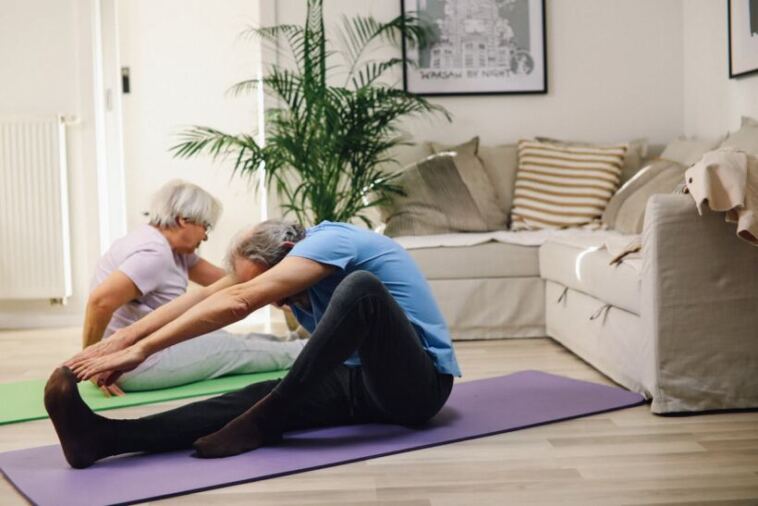- Like
- SHARE
- Digg
- Del
- Tumblr
- VKontakte
- Flattr
- Buffer
- Love This
- Save
- Odnoklassniki
- Meneame
- Blogger
- Amazon
- Yahoo Mail
- Gmail
- AOL
- Newsvine
- HackerNews
- Evernote
- MySpace
- Mail.ru
- Viadeo
- Line
- Comments
- Yummly
- SMS
- Viber
- Telegram
- JOIN
- Skype
- Facebook Messenger
- Kakao
- LiveJournal
- Yammer
- Edgar
- Fintel
- Mix
- Instapaper
- Copy Link
Introduction
Living with rheumatoid arthritis (RA) means you probably know your joints better than most people know their favorite coffee order. Some days you’re ready to move, and others—well, you’d rather not.
The good news? Regular exercise (even in small bites) can actually help you manage pain, boost your mood, and keep you stronger for all the things you love to do. The key is working with your body, not against it.
Here’s how to start, keep going, and maybe even enjoy moving again.
Start Gently—And Listen To Your Body
If you think “exercise” always means pounding pavement or lifting heavy, give yourself permission to start slow. When you’re in the midst of a flare or just feeling stiff, it’s okay to take it easy. Think stretches, gentle yoga, or light movements like shoulder rolls and ankle circles. Gentle activity helps keep joints flexible and may actually reduce inflammation over time.
Pick Low-Impact Activities
You want movement that makes you feel better—not stuff that leaves you limping. Swimming is fantastic for RA since the water supports your joints and lets you move freely. Walking (at your pace), biking, or using an elliptical are also solid bets.
Try mixing up activities to find what puts the least stress on your body but still gets your heart pumping. Need inspiration? There are so many benefits of cardio, strength work, and stretching—each with clear modifications for RA.
Warm Up and Cool Down Are Non-Negotiable
Start slow and end slow. Give your joints a chance to get used to movement with five or ten minutes of easy stretching before you go all-in. This helps your body ramp up comfortably and reduces risk of injury. When you finish, add a few more minutes of gentle stretches. Even a nice, warm shower after exercise can ease stiffness and help you recover.
Don’t Ignore Pain—Modify and Adapt
Mild muscle soreness is normal, but sharp or lingering joint pain is a sign to pause. If something hurts, don’t muscle through. Swap movements or try them seated—there are lots of chair-based routines that can keep you moving without stress. Try adapting exercises so you can keep going at your pace. And if you’re not sure what’s safe, reach out to your rheumatologist or a physical therapist before switching up your routine.
Celebrate Wins—Big or Small
Exercising with RA isn’t about perfect workouts; it’s about feeling good in your body, one gentle step at a time. Maybe some days you’ll walk a block, or others you’ll squeeze in standing stretches while your coffee brews. Count every bit of movement as progress. Track how you feel after each session—not just physically, but mentally too.
Stay patient, stay flexible, and trust yourself—you know your body better than anyone. Moving a little, on your own terms, is always worth it.
About Theresa Duncan
Originally from Detroit, MI, Theresa has been offering health and fitness advice for the last 30 years while working as an engineer. She decided to turn her passion into a profession, and finds nothing more satisfying than helping others reach their health and fitness goals.

